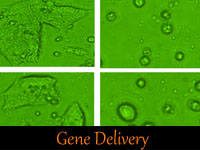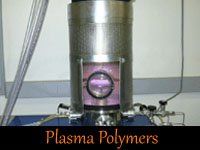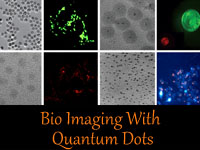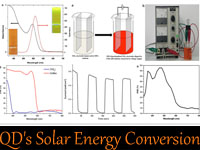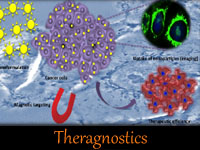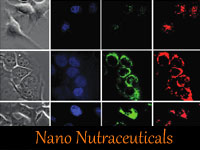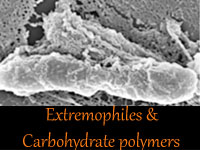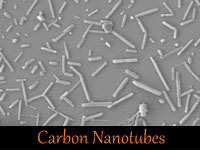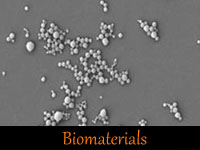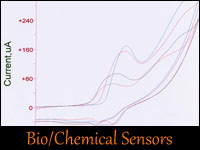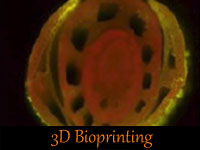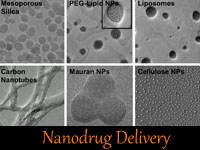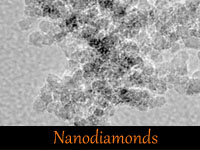


Phyto Nanotechnology
Nanotechnology, ever since its advent, has become synonymous with electronics and bio-medical applications. Very few have ventured into the arena of phyto-or agro-nanotechnology, possibly due to complexity of the plant systems and various other limitations. Much of the plant-nanotechnology relationship has been revolving around the synthesis of diverse nanoparticles employing the extracts of different parts of plants viz., seeds, flowers, leaves, roots etc. Off-late, with an increase in the wide spread synthesis and use of nanomaterials, much of which are knowingly/unknowingly released into the environment, focus has shifted to their fate and consequent effects on the life forms. With concerns of toxicity, concurrent attention has been driven to their uptake, translocation and biotransformation in the plant systems. Though too much of anything is toxic, observations have also been made on the beneficial aspects of various nanomaterials which have been found to enhance water and nutrient uptake, gaseous exchange, and delivery of crucial chemicals to the plants.
As our group too is concentrated on the synthesis of varied nanomaterials, it was only too relevant that their environmental effects be monitored. Apart from the toxicity analysis, studies have been initiated in the following areas;
- Role of different nanomaterials on the enhancement of plant growth characteristics.
- Observations of vital metabolic parameters as photosynthesis, respiration, reproduction, yield etc.
- Administration ofnano-pesticides,- herbicides and -fertilizers in a more efficient and safe manner by controlling precisely when and where they are released.
- Tracking nanomaterials in the plant system utilizing fluorescent dyesand quantum dots.
- The overall fate of different nanomaterials in plants, generational transfer and their exposure pathways in the environment.
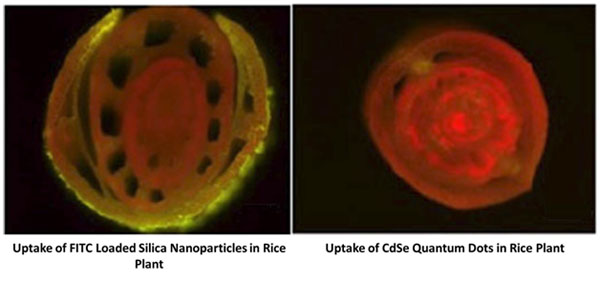 |
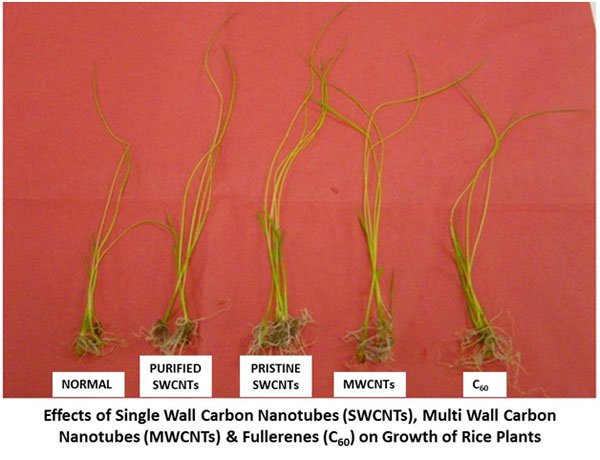 |
Apart from the application of nanotechnology to plants, the sustainable utilization of plant products in nanotechnology is also being investigated. Most of the plant mediated synthesis of nanomaterials are based on food or cash crops. Such a practice may seem enticing now but in the long term will pose tremendous pressure on the ever increasing demand of these crops. Therefore, we have initiated a promising alternative to utilize non-edible, alternative plant resources for the synthesis of nanomaterials and their utilization in fields as nano-drug delivery and the related. Such a practice will not only bypass the food crops, but also elevate the economic prospects of these alternative crop species.
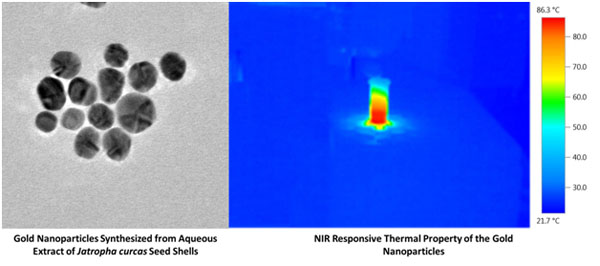 |
References:
- Nanoparticulate material delivery to plants (Review). Remya Nair, BaijuGovindan, S. Varghese, Y. Yoshida, T. Hanajiri, T. Maekawa, D. S. Kumar, Plant science 179 (3) (2010) 154-163
-
Uptake of FITC labeled silica nanoparticles and quantum dots by rice seedlings: Effects on seed germination and their potential as biolabels for plants. Remya Nair, Aby C. P., Y. Nagaoka, Y. Yoshida, T. Maekawa, D. S. Kumar, Journal of Fluorescence (2011) 21:2057–2068.
-
Effect of carbon nanomaterials on the germination and growth of rice plants. Remya Nair, M. Sheikh Mohamed, Wei Gao, T. Maekawa, Y. Yoshida, P. M. Ajayan, D. S. Kumar, Journal of Nanoscience and Nanotechnology (2012) 12(3):2212-20.
-
Non-Destructive harvesting of biogenic gold nanoparticles from japtrophacurcas seed meal and shell extracts and their application as bio-diagnostic photothermalablaters-lending shine to bio diesel byproducts. M. Sheikh Mohamed, A. Baliyan, Srivani V., Aby C. P., Y. Nagaoka, H. Minegishi, Y. Yoshida, T. Maekawa, D. S. Kumar, Nanomaterials and the Environment (2012) 10.2478/nanome-2012-0002.
-
Type 1 Ribotoxin-Curcin Conjugated Biogenic Gold Nanoparticles for a Multimodal Therapeutic Approach towards Brain Cancer. M. Sheikh Mohamed, Srivani V., Aby C. P., Y. Nagaoka, H. Minegishi, Y. Yoshida, T. Maekawa, D. S. Kumar, Biochimica et Biophysica Acta-General Subjects & Nanomaterials and the Environment(2013) (In press).

